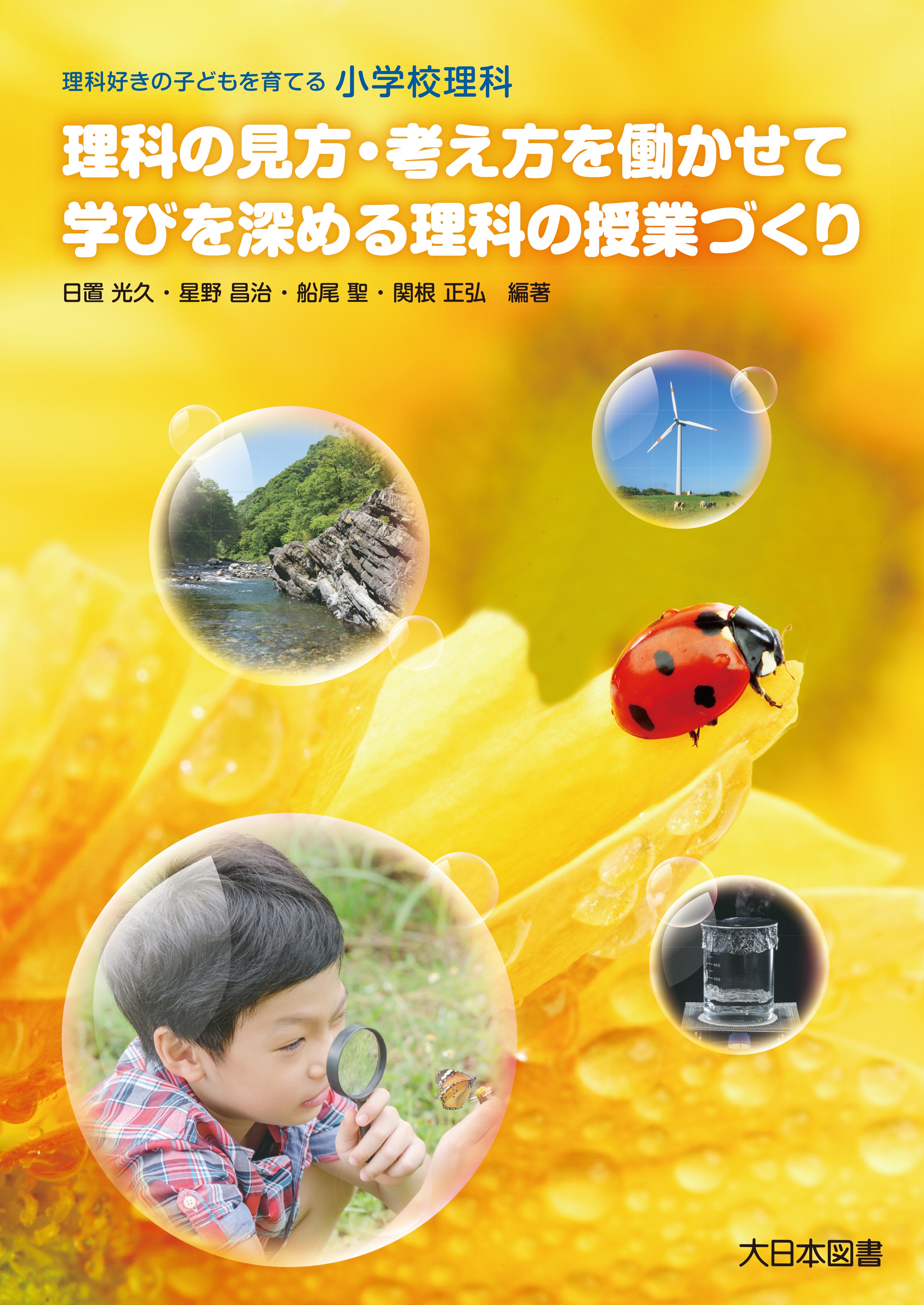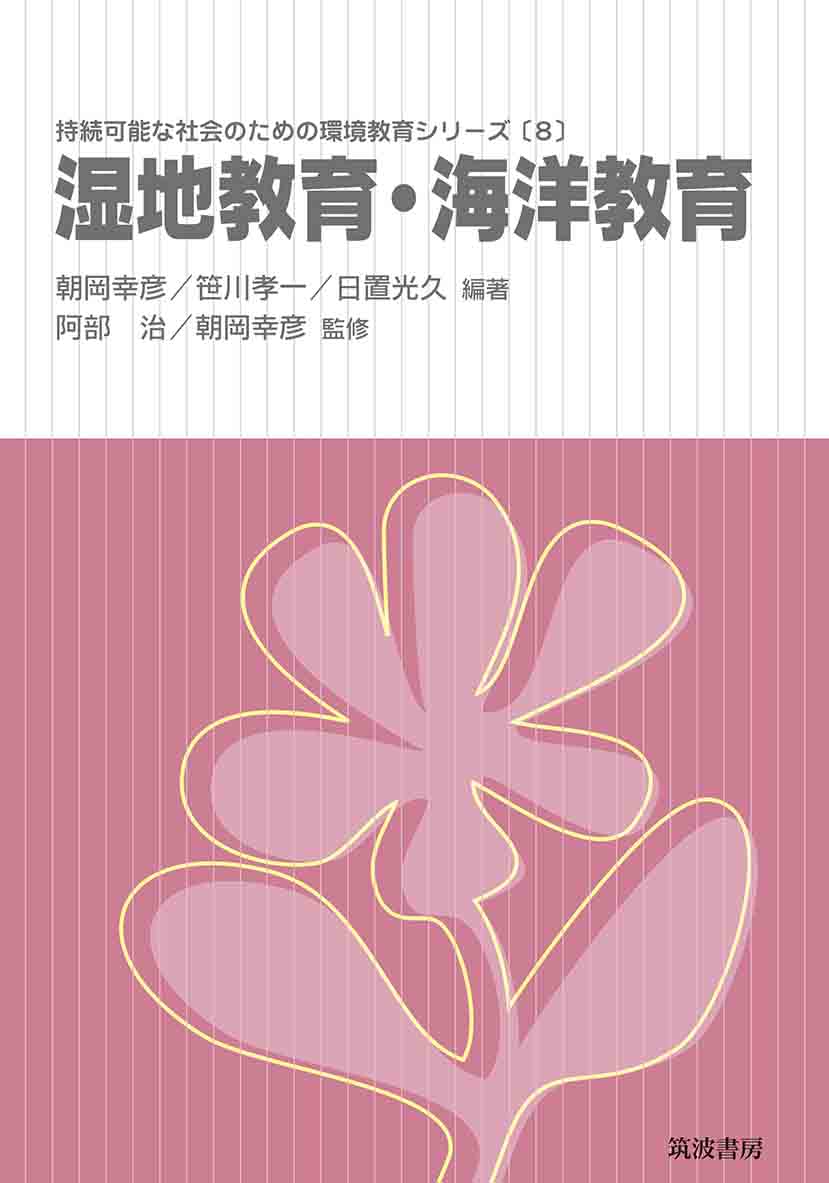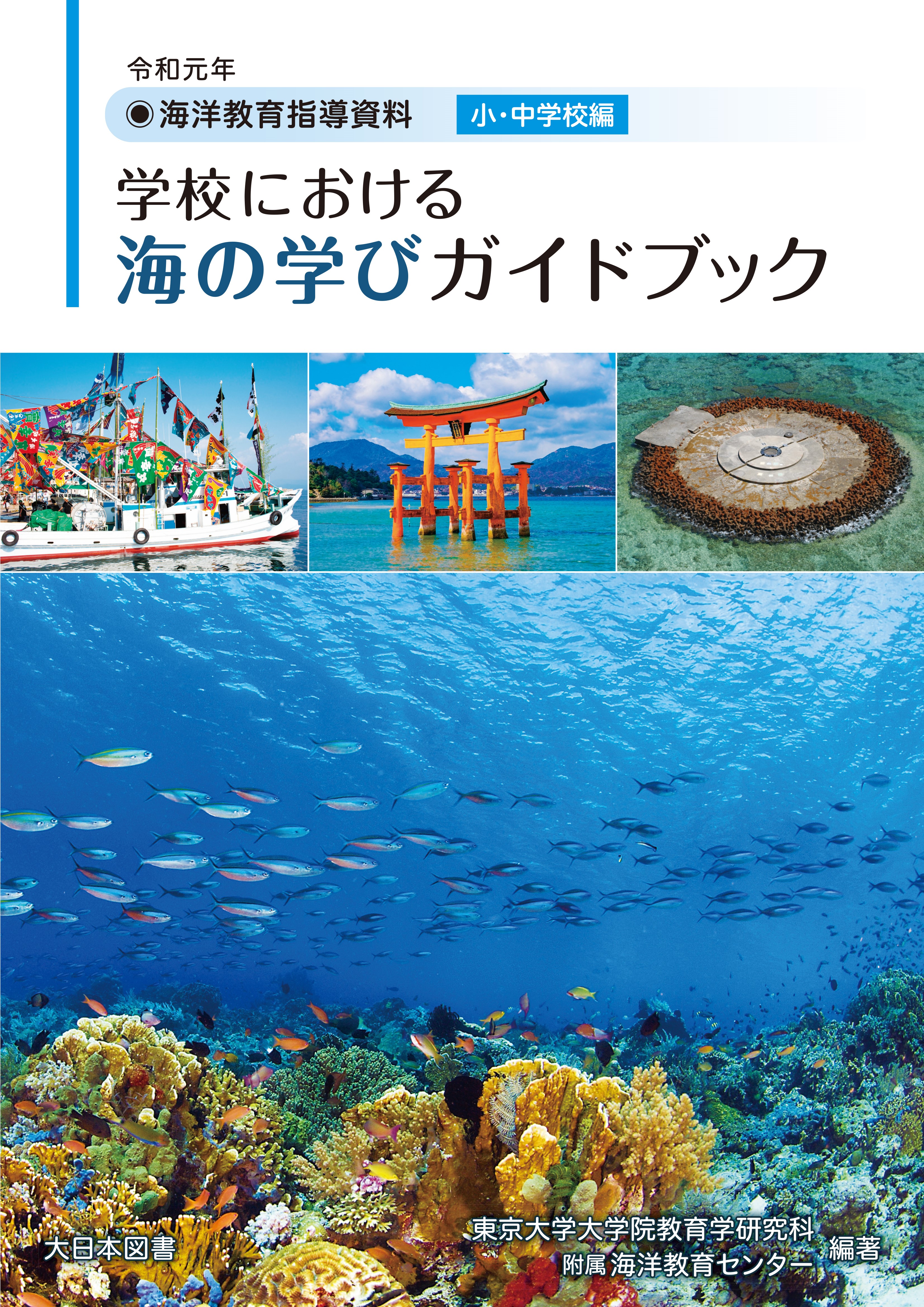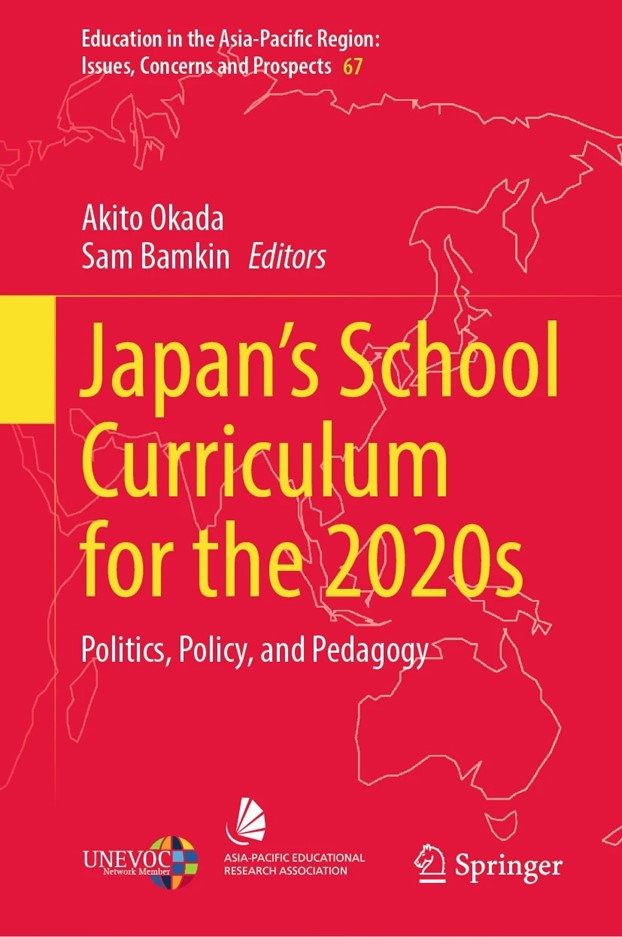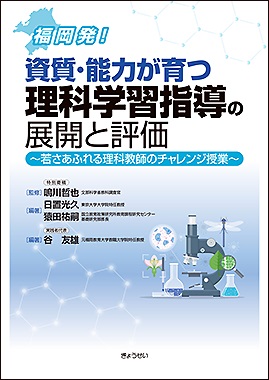
Title
Fukuoka Hatsu! Shishitsu to Noryoku ga sodatsu Rika Gakushu Shido no Tenkai to Hyoka (From Fukuoka! Development and Evaluation of Science Education to Cultivate Innate Qualities and Abilities)
Size
216 pages, B5 format
Language
Japanese
Released
May, 2020
ISBN
978-4-324-10795-9
Published by
Gyosei Corporation
Book Info
See Book Availability at Library
Shishitsu to Noryoku ga sodatsu Rika Gakushu Shido no Tenkai to Hyoka
Japanese Page
In 2020, elementary schools across Japan began implementing a curriculum based on the new Course of Study. The Course of Study is generally revised once every 10 years, during which keywords for the next generation of education are identified. For the latest revision of the Course of Study, the keywords include proactive and interactive deep learning (otherwise known as “active learning”), curriculum management, and programming education. In elementary schools, teachers hold study meetings, in which they attempt to deepen their understanding of the new keywords representing the revised Course of Study. In addition, teachers define the relationship of the keywords with the education implemented to date. They then update their own views on teaching, before working toward improving their classes.
In these circumstances, teachers in Fukuoka have written this book as a message for elementary school teachers who will be creating the future of the next generation of science education. The reason Fukuoka teachers were involved in the writing of this book is because the national convention of the National Research Council for Elementary School Science, Japan’s largest learning and research organization for teachers of elementary school science, was scheduled to be held in Fukuoka in 2020. With the convention set as the goal, study meetings were held repeatedly, results were consolidated, and attempts were made to pitch the development and evaluation of the new science education, which is in line with the new Course of Study, to teachers nationwide. Unfortunately, the national convention in Fukuoka was canceled due to the spread of COVID-19. Despite the circumstances, this book was still created as the product of the research results obtained.
The contents of this book are divided into three parts. The first comprises “Proposals” made by those who played a central role in creating Japan’s Courses of Study. These individuals include an active investigator and former school inspector of the Ministry of Education, Culture, Sports, Science and Technology, the Head of the Basic Research Department of the National Institute for Educational Policy Research, and the former Chairman of the National Research Council for Elementary School Science.
In the “Theory” section, a theoretical summary is provided for “science education in Fukuoka,” built up by the teachers of Fukuoka over the course of their teaching practice. With problem-solving as the focus, one of Fukuoka’s “solutions” is also outlined here, with respect to the question of how teachers should be planning lessons to ensure that the science education they are providing is suitable for a child’s learning.
Under the “Practice” section, the “perspectives and mindsets that can be applied by children” is clarified. This is an idea that was recently introduced by the latest revision of the Course of Study. In addition, a teaching plan is proposed here for the learning content. With the aim of achieving deeper learning, several units are also discussed in greater detail in the form of “practical research.” It is worth noting that this was done for all learning contents from the third to the sixth grade.
(Written by HIOKI Mitsuhisa, Project Professor, Graduate School of Education / 2020)



 Find a book
Find a book


 eBook
eBook